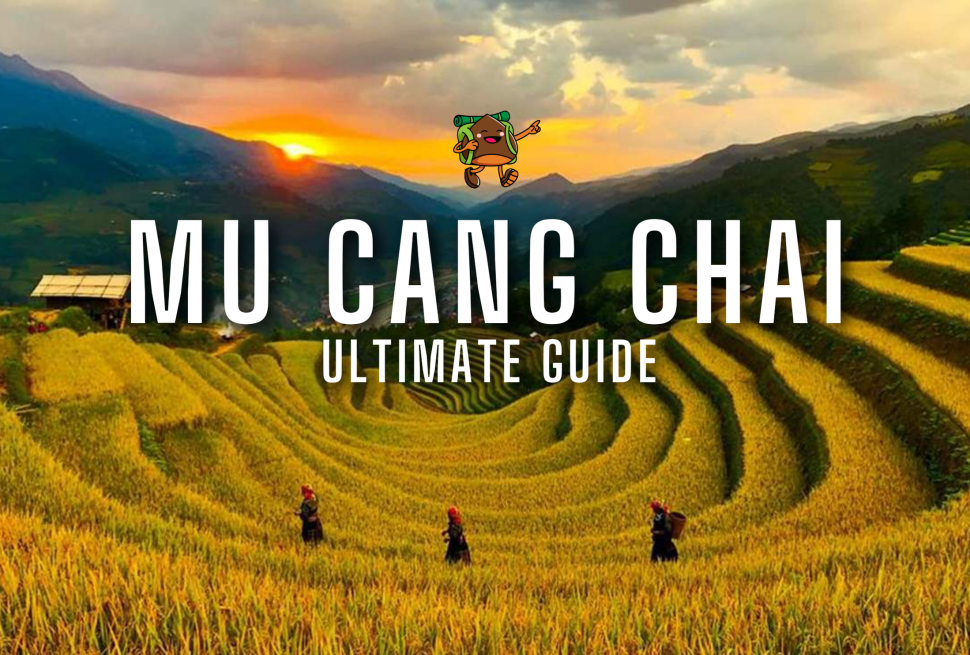Starting trekking for the first time takes experience—and confidence. Chestnut Travel shares full A‑to‑Z trekking tips to help make your journey as smooth and rewarding as possible.
1. Prepare Your Trek: Choose the Right Route
As a beginner, avoid routes that are dangerous or extremely challenging. Instead, select simpler trails with fewer obstacles to build your confidence step by step. Be mindful of the trail conditions: muddy, dusty, humid, length, and altitude—so you can plan appropriately.
Before you go, check out our article on basic trekking trails for first-time hikers.
Also assess your personal fitness—make sure the route aligns with your endurance level. Know your limitations and plan accordingly.

2. Proper Pre-Trek Preparation Is Key
Be sure to check out our detailed post on trekking skills for new hikers.
✔️ Physical Fitness + Mental Readiness
Trekking demands endurance. You will walk long distances and navigate varied terrain—mountains, forests, sand dunes, rocky cliffs. Without regular training, it’s easy to feel exhausted or suffer minor injuries like sprains. Start exercising 2–3 weeks before your trek—walking, running, or stair climbing—to build stamina.
Equally important: stay mentally strong. Trekking can be mentally challenging, and fear or negativity can weaken your motivation. A positive mindset paired with good physical fitness is vital for success.
✔️ Research Your Route Thoroughly
Understand the trail before you go to avoid getting lost. Join tours led by experienced leaders who know the terrain well. Alternatively, hire local guides or porters familiar with the area. If trekking solo, use tools like a compass, GPS device, or track log—but make sure you know how to use them beforehand.
✔️ Check the Weather Carefully
Weather can make or break your trek. Monitor forecasts at least one week before departure using reliable sources—TV, weather sites, or mobile apps—to plan your clothing and timing accordingly.
✔️ Confirm with Your Agent or Guide Before Departure
A few days before your trip, double-check all details with your tour operator or guide—schedule, logistics, necessary documents, pick-up times, etc. It ensures smooth coordination and lets you address any changes in advance.

3. Essential Gear to Bring
✔️ Clothing
Opt for breathable, flexible sportswear with multiple pockets. Avoid stiff jeans—they restrict movement and don’t allow for sweat evaporation. Pack minimal layers and bring a jacket—nights in the forest can get chilly.
✔️ Footwear
Use quality trekking shoes with good grip, cushioning, water resistance, and ankle support. If shoes get wet, having a pair of Niké-style sandals or rain slippers on hand is useful. Don’t wear shoes that are too tight—they cause blisters quickly during long hikes.
✔️ Water & Food
Plan water intake based on your itinerary—for a 2–3 day trek, carry about 3–4 liters. Refill from streams or locals along the trail. Bring light, compact snacks with high calorie content for energy boosts—avoid perishable items.
✔️ Backpack, Trekking Poles & Flashlight
Choose a medium-sized pack—small enough to move easily, big enough to hold essentials. Waterproof and breathable materials are ideal.
A headlamp or wide-beam flashlight is crucial after dark. Trekking poles help with balance, reduce muscle fatigue, and support descent control.
✔️ First Aid Supplies
Pack basics like painkillers, anti-inflammatory meds, mosquito/leeches repellent, antiseptic, bandages, personal prescriptions, and vitamin C. Know how to use each item—basic first aid skills are a must.
✔️ Personal Documents & Money
Bring ID/ passport—you may need it at forest checkpoints or park management gates. Carry only a small amount of cash split into safe stashes. Use a waterproof pouch inside your backpack for valuables.
✔️ Optional
If backpacking solo, bring a sleeping bag, tent, or hammock. On a guided tour, these are usually provided. Also consider packing lightweight electronics—power bank, phone, camera, etc.
4. Additional Tips for Safe Trekking
✔️ Don’t Litter: Preserve the natural environment.
✔️ Never Split From the Group: Even the experienced get lost when trekking alone.
✔️ Avoid Eating Wild Plants or Mushrooms: Stick to safe, known foods. Don’t pick flowers or damage plants.
✔️ No Campfires: Avoid causing forest fires.
✔️ Leave Nature Untouched: Follow Leave No Trace principles.
With these A‑to‑Z trekking tips from Chestnut Travel, you’re well-equipped for a safe and enriching mountain adventure. Let me know if you’d like this formatted as a blog post or turned into a printable checklist!




